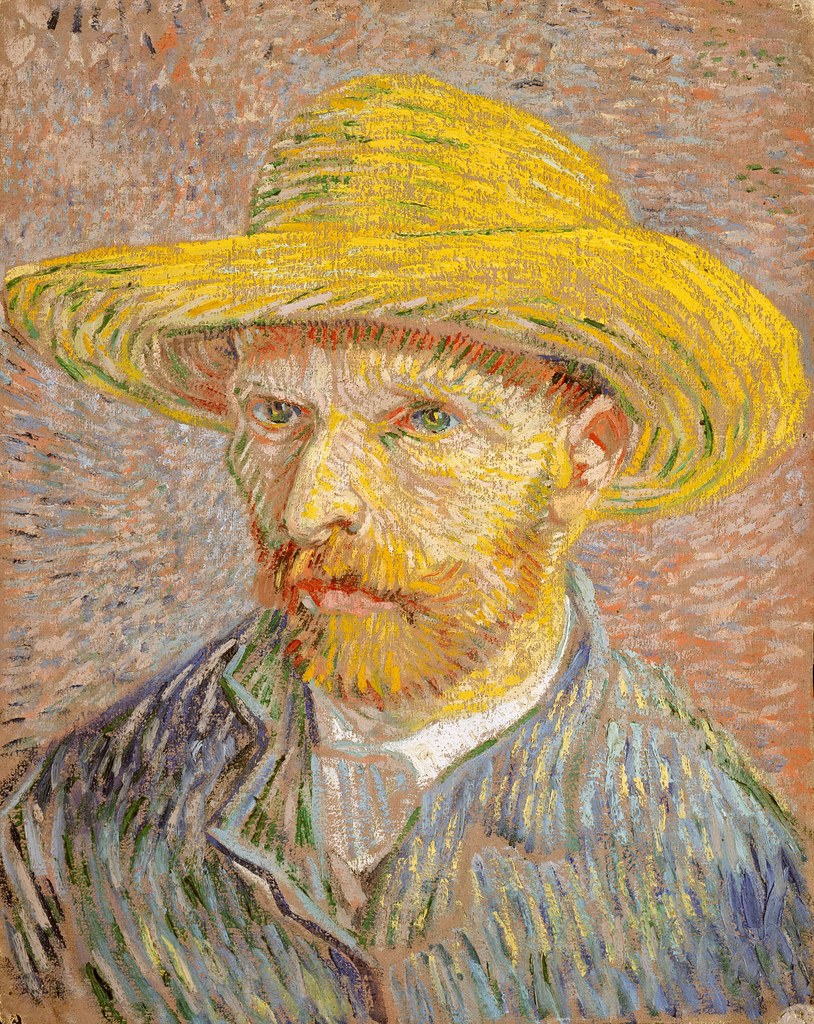“Every who down in Whoville liked Christmas a lot. But the Grinch, who lived just north of Whoville, did not.”
As a child, Vincent Van Gogh’s “Starry Night” strangely made me think of the Dr. Suess classic. Upon further review, however, I find this painting even more fascinating than before.
The painting in question displays a little town beneath…. well, a starry night. Within the town, there is a certain emphasis on the church building, as it’s more complex architecture towers over all other buildings.
Behind the town is a forest surrounded by a plethora of steep hills that resemble waves in the Atlantic Ocean. If you removed everything except the sky, forest and plains and told me it was a picture of the ocean, I would be hard pressed to argue with you.
The lines are so complex, not a single one straight, yet organized that it almost gives the illusion of water if you look at it hard enough.

One aspect of “Starry Night” I found more difficult to define is the dark green flame towering over all the buildings, trees and hills below. Ever since I first viewed the painting, I believed it was a mountain similar to Mount Crumpit in “How the Grinch Stole Christmas.”
However the more I’ve studied it, the more it looks like a bush, or possibly seaweed. Again I ask, is this really just a picture of the ocean?! Whether it be seaweed of a simple bush blowing in the wind, it appears much bigger due to the scale and proportion of it. Perhaps it could be a mountain, it depends on how you personally view it.
Related Articles:
But the main event of “Starry Night” is the starry sky itself. Despite a very simple layout with a few stars and the moon, the complex swirling of lines and different colors of sky spliced together make for a true visual spectacle.
Right above the hill, the colors are brighter and imply that the sun has just set. The colors turn darker as they go higher and the stars shine all the brighter. The entire painting consists mostly of dark blues and greens, so the few circles of white and yellow are all the more striking.
The landscape of the painting strangely appears both representational and abstract. Towards the bottom of the painting the town and forest look very much like a place in the real world. The lines, while rugged, are pretty straight and orthodox.
But what most fascinated me is how the picture becomes more abstract as it goes higher. The hills and plains above the town look the way one might expect yet they also appear slightly warped. And above the hills is that sky and mountain/bush, which appear more like something a kindergartener would draw.
Maybe that’s the genius of “Starry Night, simple yet elegant. It almost looks like something you would see in a child’s artbook, yet its linework and colors are so intricate and its colors are so vibrant yet tame, you can’t quite look away.
What else can I say, it’s a beautifully gothic blend of abstract and representation that will definitely be hanging on my wall one day.
Samuel J. Claude
Associate Editor


